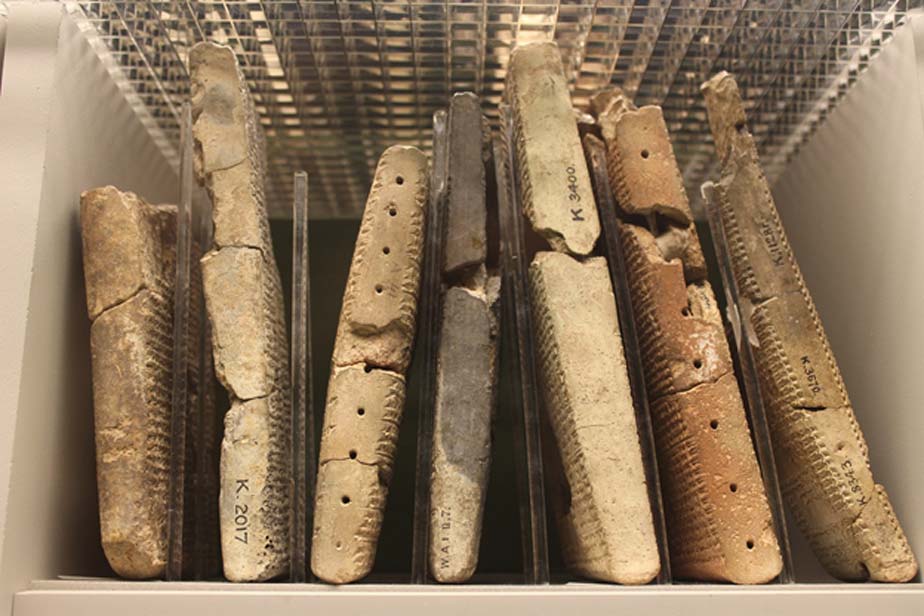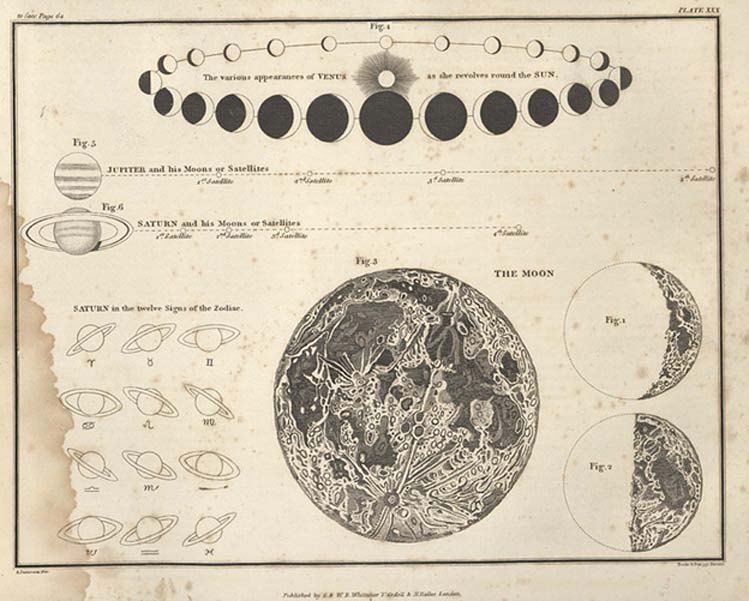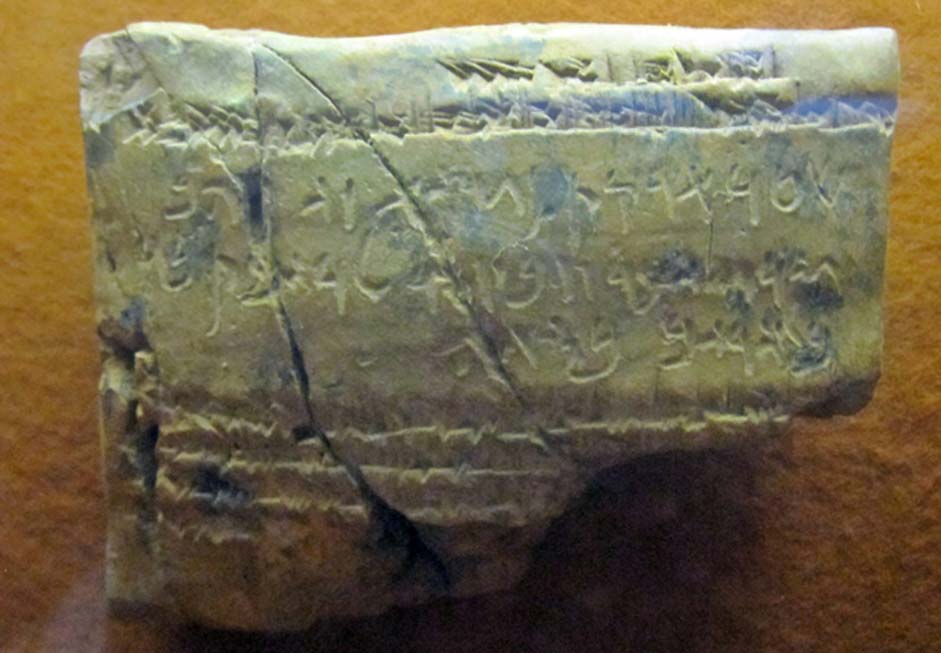
The Significance of Planetary Harmony: Creating Megalithic Structures Through Music
Over the last 7,000 years, hunter-gathering humans have been transformed into the 'modern' norms of city dwellers through a series of metamorphoses during which the intellect developed ever-larger descriptions of the world. Past civilizations and even some tribal groups have left wonders in their wake, a result of uncanny skills - mental and physical - that, being hard to repeat today, cannot be considered primitive. Buildings such as Stonehenge and the Great Pyramid of Giza are felt to be anomalous because of the mathematics of their construction. Our notational mathematics only arose much later, and so, a different mathematics must have preceded ours.

Ancient Sumerian Texts (CC0)
Ancient Texts Encrypting Numbers to Create Prehistoric Monuments
We have also inherited texts from ancient times. Spoken language evolved before there was any writing with which to create texts. Writing developed in three main ways: pictographic writing evolved into hieroglyphs, like those of Egyptian texts, carved on stone or inked onto papyrus; the Sumerians used cross-hatched lines on clay tablets to make symbols representing the syllables within speech; cuneiform allowed the many languages of the ancient Near East to be recorded, since all spoken language is made of syllable and; the Phoenicians developed the alphabet, which was perfected in Iron Age Greece through identifying more phonemes, including the vowels. The Greek language enabled individual writers to think new thoughts through writing down their ideas, which was a new habit that competed with information passed down through the oral tradition. Ironically though, writing down oral stories allowed their survival, as the oral tradition became more or less extinct. And surviving oral texts give otherwise missing insights into the intellectual life behind prehistoric monuments.
The texts and iconography of the ancient world once encrypted the special numbers used to create ancient and prehistoric monuments, using a numeracy that modeled the earth and sky using the invariant numbers found in celestial time, and in the world of number itself. Oral stories spoke from a unified construct, connecting the people to their gods. Buildings were echoes of an original Building, whose dimensions came to form a canon within metrology, the ancient science of measure. But the language of the gods within this Building was seen to be that of musical tuning theory, the number science that concerns us here. The gods in question are primarily the planetary and calendric periods seen from Earth, and it was only through the astronomy associated with the earliest megalithic buildings that the ancient mathematics could have naturally evolved.

A celestial atlas comprising a systematic display of the heavens in a series of 30 maps illustrated by scientific description of their contents and accompanied by catalogues of the stars and astronomical exercises by Alexander Jamieson (1822) (Public Domain)
Megalithic Astronomy: Musical Harmony in the Sky
To see musical harmony in the sky, time was counted as lengths of time between visible astronomical events such as sunrise, moon set, or full moon. Geometry evolved to set alignments to horizon events, such as the solstice sunrise, or to place long lengths of day counting within geometries such as the trigonometric triangle. Megalithic astronomy consisted of a set of quantified lengths of time and the geometrical relationship between them. It would have discovered that some of the ratios between time periods were especially simple: most significantly, the two outer planets, Jupiter and Saturn, were related as 9/8 (a musical whole tone interval) and 16/15 (a semitone interval) to the lunar year. In each ratio the lunar year is the denominator and the planetary synods are the numerators. If we make the denominators the same (by multiplying the ratios by each other’s denominator) we obtain (times 15) 135/120, and (times 8) 128/120. Because the lunar year is 12 lunar months long, the lunar month must comprise ten subunits of time; the Jupiter synod must be 13.5 months long, and Saturn’s synod must be 12.8 months long.

Nippur Tablets: A lease of land, written in cuneiform in clay tablet, with comments in Aramaic. Nippur, Babylonia, 5th century BC (CC BY-SA 3.0)





